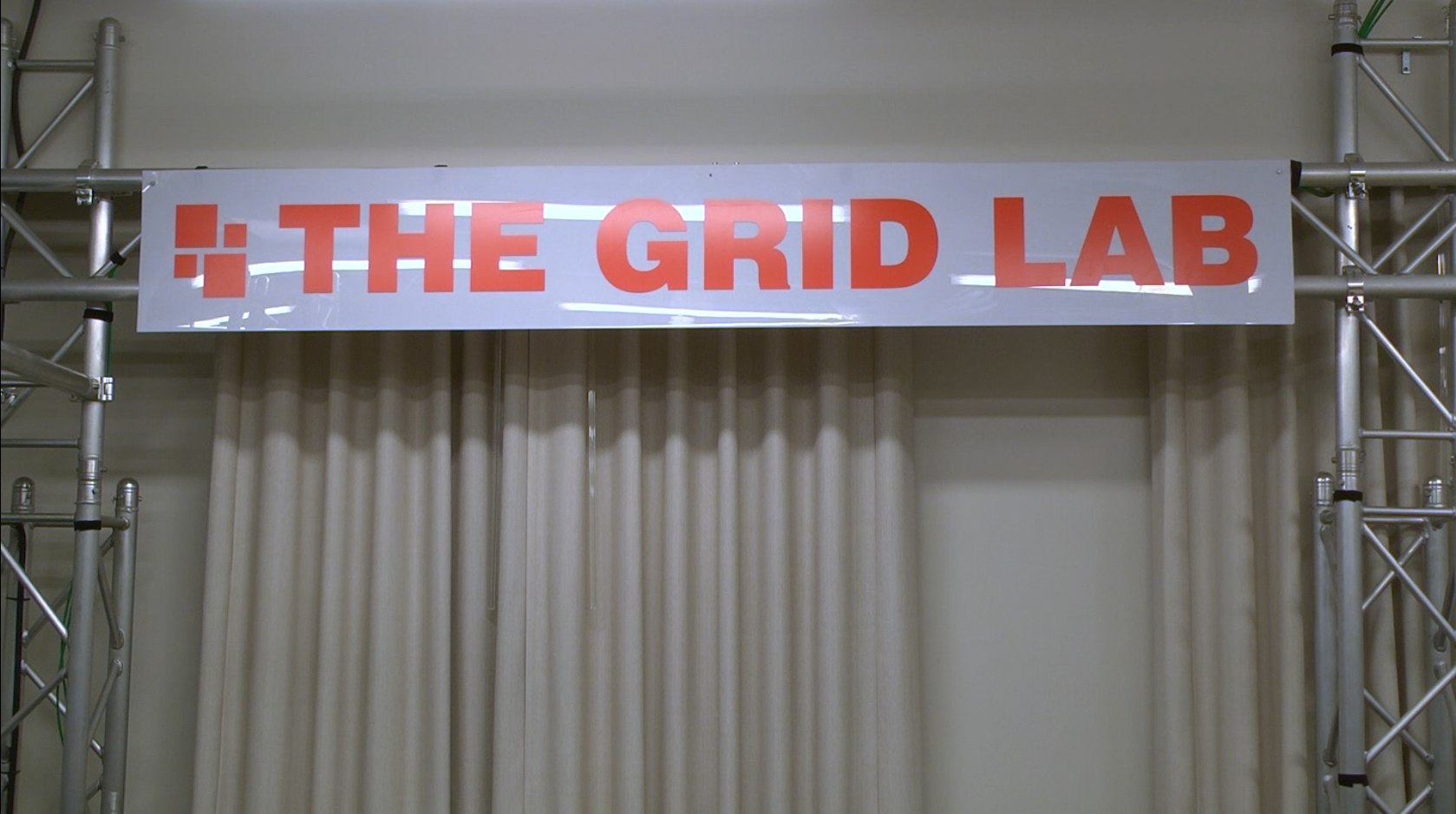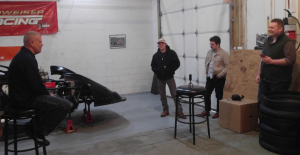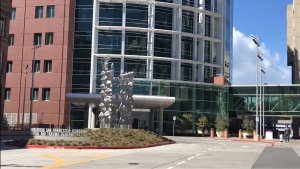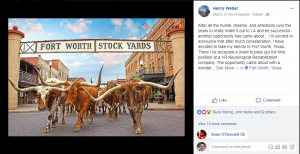
OU Pioneering New Uses of Virtual Reality
By: Duncan Goldberg, Josh Gregory
Posted on:
In the past decade, virtual reality has taken the gaming world by storm. But in recent years, students and faculty at Ohio University have explored uses for virtual reality that impact people’s lives.
Telling Community Stories with VR
The university is located in rural, southeast Ohio, surrounded by lots of small towns that do not get much attention from people who don’t live there. Journalism professor Hans Meyer and his students are working with virtual reality technology to bring these charming communities to life.
“My background is in community journalism,” Meyer said. “I worked in a lot of small towns, and I saw how important the news can be for them. It’s hard for big news organizations to get to small towns, so I think I saw VR as kind of a solution for them to be able to immerse themselves in a community and interact with people in a community.”
While Meyer’s students know how to tell community stories, some faced a big challenge of never having access to virtual reality technology prior to this semester.
“I think most of the students in the class have never used virtual reality before,” Meyer said. “I think it’s something new, but I think it’s something they’ve seen, and they’re excited about it.”
It was important for Meyer to not only find equipment that could provide the experience desired, but also equipment that students could quickly learn to use. The best option was a camera that could be plugged directly into a mobile device such as a cell phone.
“We’re using relatively simple technology and software,” Meyer said. “So if you see it, for example, you’ll be dropped right in the middle of the community, and as you look around in the headset you can focus and stare at certain points on the screen and open up other parts of that community.”
Jackson Schroeder is one of Meyer’s students and he has bought into the idea that virtual reality could change the way the media is delivered to the public.
“What I’ve found is through virtual reality and 360 video, is it puts you in a place where a written story or maybe a video story in 2D can’t really put you,” Schroeder said.

It’s not feasible for many people to take multiple vacations each year to far away places because of money, work, etc. And most people would not go out of their way even if they had the resources, to visit towns such as Coolville or Pomeroy. This cutting-edge technology has the ability to provide people the next best thing.
“VR is really good at putting people in a place that they’ve never been before,” Schroeder said.
Schroeder admits that although he believes this technology could have implications that change the world, no one truly knows because it’s so new.
Game, Research and Immersive Design Lab
Ohio University’s Game, Research and Immersive Design, or GRID, Lab opened in the fall of 2005 and has become one of the best technology-based research laboratories in the nation. The lab provides students the ability to get experience using virtual reality and 360 video technology on projects that have real world applications.
Two years ago, the Scripps College of Communication launched the Immersive Media Initiative and those involved have gotten a taste of what this technology can provide for our ever-changing world.
For the past several months, students Henry Weber and Katelyn Emter have worked alongside professor Eric Williams on a project with Zuckerberg San Francisco General Hospital and Trauma Center in California.

They are creating videos that the hospital can use to train registered nurses and nursing students. These videos allow those being trained to watch real-life trauma situations from multiple viewpoints before ever stepping into an emergency room. The GRID Lab describes this with the term “preality,” meaning, experiencing before experiencing.
“On an educational level, if you’re bringing in medical students and they can ramp up to the educational point quicker, they will learn faster and hopefully then learn deeper,” said Williams.
The team faced many challenges along the way. First came the endless paperwork required by HIPPA patient privacy laws in order to film trauma events. Next came the decision on what type of equipment and cameras to use. And then there were the discussions on the sensitivity of the patients.
“I guess the biggest thing we have to worry about with these projects is the sensitivity…and I guess the person’s life foremost, who comes into the trauma center,” Weber said. They’re obviously priority. Who cares about our production at that point.”
After two on-site visits in California, the team returned to the GRID Lab to put the videos together and launch the first-ever virtual reality medical-training database.
What’s next for Virtual Reality and Ohio University
It’s never easy, and borderline impossible, to predict the future, but Williams and his staff have some exciting ideas that they hope to put into motion soon.
Williams believes that augmented reality can take the medical field to a whole new level. Augmented reality technology doesn’t create a whole new world, but takes what the viewer sees in the real world and ‘augments’ it with computer generated images superimposed over the live picture.
Aside from the medical field, Williams believes that this cutting-edge technology could push personal computers and televisions to the side in the near future. Instead, users with a headset can give an instruction and something can appear on a screen in front of them.
Williams is one of many faculty members working with this new technology. While he’s been working with the hospital in California, some of his colleagues have combined ancient history and the future to create a once in a lifetime experience.
Students in Athens are pioneers using these new technologies for training and storytelling and they know the competitive advantage that provides them.
“I haven’t heard of any other schools on the east coast that have a program that comes even close to (Ohio University),” Emter said. “What Ohio University is doing with virtual reality is pretty unparalleled when it comes to the university sphere.”
Henry Weber already experienced the benefits of what he has done at Ohio University’s GRID Lab. After graduation in early May, he is heading to Fort Worth, Texas, where he will build on his experience with Zuckerberg’s Hospital as he continues working with VR in the medical field.


